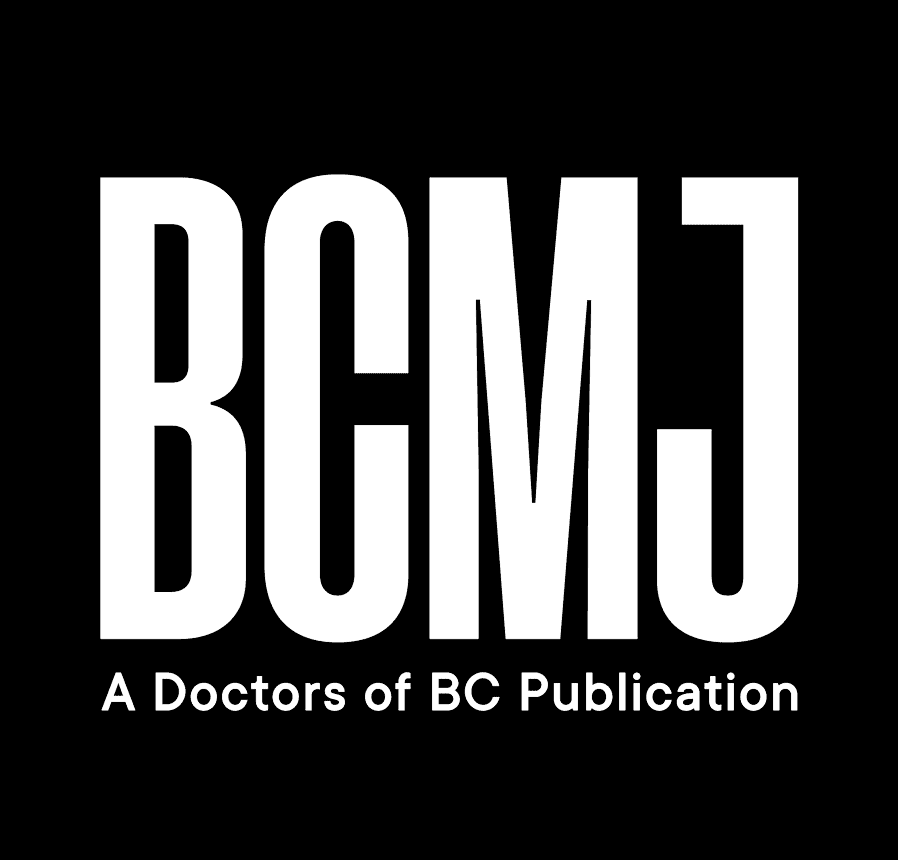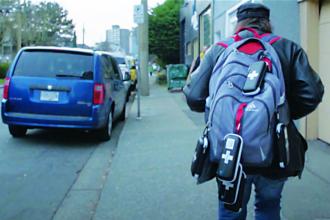Naloxone training: The first step to saving a life
The public health emergency caused by toxic unregulated drugs continues to impact communities throughout BC. It was the fourth-leading cause of death between June 2023 and July 2024 and claimed 2253 lives in 2024, with fentanyl present in 85.1% of deaths.[1,2] Even when a drug toxicity event is survived, it can cause permanent anoxic brain injury.
Naloxone is an opioid antidote that, when paired with rapid recognition of opioid poisoning and proper ventilation, can be lifesaving.
Through the BC Centre for Disease Control’s (BCCDC’s) Take Home Naloxone program, 2 659 421 naloxone kits have been shipped to distribution sites since 2012, to be provided at no cost to individuals at risk of witnessing a drug poisoning. Since 2018, the First Nations Health Authority (FNHA) has provided access to nasal naloxone for Indigenous people in BC without requiring a prescription.[3] The BCCDC recently joined the FNHA in offering nasal naloxone through a provincial pilot, supporting access for priority populations at select sites.[4] Naloxone for occupational use can be purchased at any pharmacy in BC.
However, possessing a naloxone kit is not sufficient to save a life. If patients have not received adequate training in how to recognize and respond to a drug poisoning, they will not be able to respond appropriately when one occurs. Using a patient-centred and trauma-informed approach, clinicians can identify training needs by asking patients whether they have taken training, have used naloxone, and feel confident in their ability to recognize an overdose.
To improve the likelihood of early intervention, training should include the signs of drug poisoning:
- Not moving and can’t be woken.
- Slow or not breathing.
- Choking, gurgling sounds, or snoring.
- Blue lips and nails.
- Cold or clammy skin.
- Tiny pupils.
- Stiff neck, chest, or body.[5]
Review the important role that breathing plays in decision making about naloxone; patients may not be familiar with the sounds of ineffective respirations. Training should also emphasize the importance of giving breaths during a drug poisoning response and alongside naloxone administration to lessen the chance of hypoxic brain injury.
Naloxone training can also be an opportunity to broach discussions about harm reduction through conversations about potentially witnessing an opioid poisoning, increasing knowledge while also building rapport and trust. Conversations about safer drug use, naloxone, and referrals to other harm reduction services should be routinely offered as part of the standard care for individuals with opioid use disorder, but they can expand knowledge for all.[6]
The BCCDC offers several naloxone-related training materials and supports on the Toward the Heart website. Resources include shorter training material suitable for patients and longer material suitable for both patients and staff; train-the-trainer resources such as a checklist to support patient teaching; a printable brochure on drug poisoning recognition and response; and the site finder, which links patients to Take Home Naloxone sites where they can access naloxone kits and receive hands-on training.
Between January 2019 and October 2024, an estimated 31 430 potentially fatal events were averted in BC due to naloxone.[7] However, relying on naloxone is not enough to stop the toxic drug crisis.[8] Rather, an integrated substance use system of care, inclusive of prevention, treatment, and harm reduction, alongside systemic change to address the root causes of substance use–related harms, is needed to appropriately support health for people who use substances in BC.
—Christie Wall, MPH
Policy Lead, Harm Reduction and Substance Use Services, BCCDC
—Brittany Graham, MPH
Operations Coordinator, Naloxone, Harm Reduction Program, BCCDC
—Sierra Williams, MPH
Public Health Manager, Harm Reduction and Substance Use Services, BCCDC
—Alexis Crabtree, MD, MPH, PhD, CCFP, FRCPC
Public Health Physician, BCCDC
Co-Medical Director, BC Centre on Substance Use
hidden
This article is the opinion of the BC Centre for Disease Control and has not been peer reviewed by the BCMJ Editorial Board.
 |
| This work is licensed under a Creative Commons Attribution-NonCommercial-NoDerivatives 4.0 International License. |
References
1. BC Centre for Disease Control. BCCDC mortality context app. Updated 23 January 2025. Accessed 21 February 2025. https://bccdc.shinyapps.io/Mortality_Context_ShinyApp.
2. BC Coroners Service. Unregulated drug deaths—Summary. Accessed 21 February 2025. https://app.powerbi.com/view?r=eyJrIjoiMDEwZjVlNmQtYWE2YS00YWZkLWE2MzEtNzE5MTdhNjhkMTE3IiwidCI6IjZmZGI1MjAwLTNkMGQtNGE4YS1iMDM2LWQzNjg1ZTM1OWFkYyJ9.
3. First Nations Health Authority. Nasal naloxone listed as a health benefit for First Nations in BC. 19 April 2018. Accessed 21 February 2025. www.fnha.ca/about/news-and-events/news/nasal-naloxone-listed-as-a-health-benefit-for-first-nations-in-bc.
4. Toward the Heart. BCCDC Take Home Naloxone program to pilot distribution of nasal naloxone kits. 1 November 2024. Accessed 21 February 2025. https://towardtheheart.com/update/bccdc-take-home-naloxone-program-to-pilot-distribution-of-nasal-naloxone-kits.
5. Toward the Heart. Responding to an opioid poisoning. Last updated September 2024. Accessed 21 February 2025. https://towardtheheart.com/assets/uploads/1728079837vFBPEeQXtFP93JmtAZtgcMaVlT6mCKX7C4QRx3v.pdf.
6. BC Centre on Substance Use. A guideline for the clinical management of opioid use disorder. 2023. Accessed 21 February 2025. www.bccsu.ca/wp-content/uploads/2023/12/BC-OUD-Treatment-Guideline_2023-Update.pdf.
7. BC Centre for Disease Control. Harm reduction and medically supported treatment saves lives. Last updated January 2025. Accessed 21 February 2025. www.bccdc.ca/Health-Professionals-Site/Documents/Harm-Reduction-Reports/Drug_poisoning_death_events_prevented-2019-2024.pdf.
8. BC Centre for Disease Control. Naloxone is not enough: Letters from the heart of the crisis. June 2021. Accessed 21 February 2025. https://towardtheheart.com/assets/uploads/1623166141DJ5r8esBX1MjOiGk00KQYBTuyxEpXF2yHiPUtHw.pdf.

